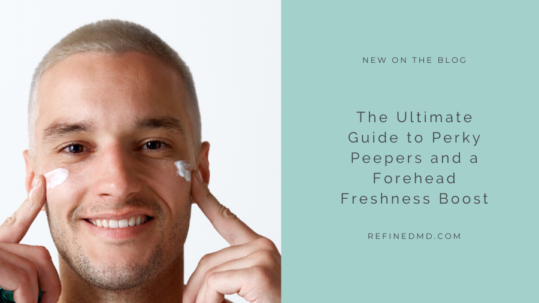Blepharoplasty (Eyelid Surgery)
The eyes are the window to the soul – so how can we stop the blinds from coming down? Healthy, youthful-appearing eyes are generally associated with minimal skin laxity over the upper eyelids and a short, smooth lower eyelid that gently transitions to the cheeks causing little to no shadowing around the eyes. Unfortunately, the skin around the eyes is the first place to show the signs of aging and sun damage. The skin in this area is thin, delicate, very mobile, and regularly exposed to the sun—combined, this is a perfect storm for prematurely aging skin.
As we get older, excess fat around the eyes starts becoming more noticeable and causes undesired puffiness. Plus, volume shifts in the tear trough area, and anterior cheek can cause deep hollowing that increases shadowing, which further ages the eyes. How much someone squints can increase wrinkles, as can furrowing the brow. Genetics also plays a role when it comes to the severity of wrinkles and crow’s feet, droopiness, dark circles, and bags under the eyes.











